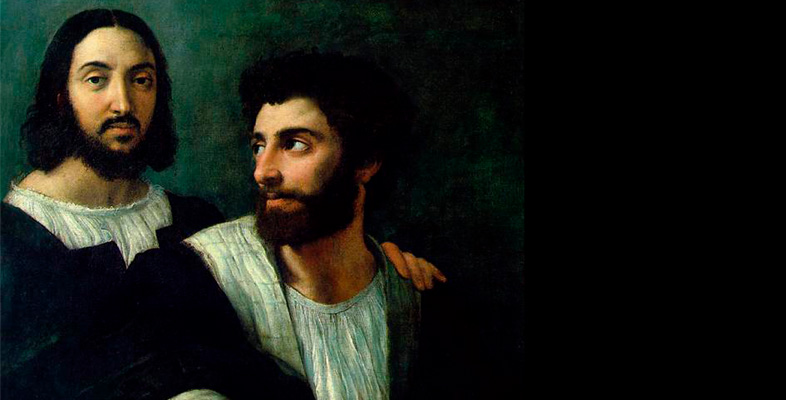2.7 A divine Raphael
The theme of the divine artist is an enduring paradigm that originates in antique notions about the nature of inspiration. In ancient Greece, inspiration was like a gift of prophecy that came to poets, orators and musicians in the form of a possession, a state of madness (furor poeticus) that allowed its ‘chosen’ recipient to see divine truths.
We will now turn to a consideration of how Raphael and his contemporaries made the artist ‘divine’, thereby associating him with God-given inspiration. One way was through his name. At the time of Raphael’s birth the archangel Raphael was the object of intense personal devotion in Italy, in particular because of his reputation as a healer. The angel Raphael had, as the story went, answered the prayers of the boy Tobias to help him restore his blind father’s sight. The artist’s name thus carried universally understood associations with medicine and, appropriately for an artist, the miraculous healing of sight. In his own lifetime and afterwards, Raphael’s last name was given variously as Sanzio, Santi or Santo, with all of the allusions it carries to the Italian ‘santo’ or Latin ‘sanctus’, meaning ‘saint’.
Another way that Raphael associated himself with Christ was through self-portraiture, a topic to which we will now turn.
